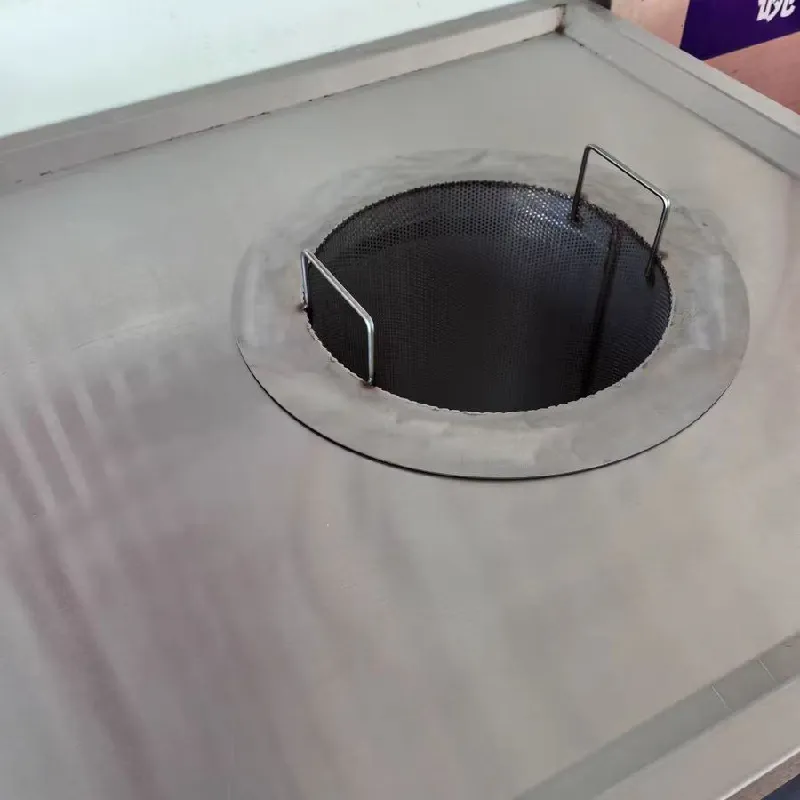-
 Afrikaans
Afrikaans -
 Albanian
Albanian -
 Amharic
Amharic -
 Arabic
Arabic -
 Armenian
Armenian -
 Azerbaijani
Azerbaijani -
 Basque
Basque -
 Belarusian
Belarusian -
 Bengali
Bengali -
 Bosnian
Bosnian -
 Bulgarian
Bulgarian -
 Catalan
Catalan -
 Cebuano
Cebuano -
 China
China -
 Corsican
Corsican -
 Croatian
Croatian -
 Czech
Czech -
 Danish
Danish -
 Dutch
Dutch -
 English
English -
 Esperanto
Esperanto -
 Estonian
Estonian -
 Finnish
Finnish -
 French
French -
 Frisian
Frisian -
 Galician
Galician -
 Georgian
Georgian -
 German
German -
 Greek
Greek -
 Gujarati
Gujarati -
 Haitian Creole
Haitian Creole -
 hausa
hausa -
 hawaiian
hawaiian -
 Hebrew
Hebrew -
 Hindi
Hindi -
 Miao
Miao -
 Hungarian
Hungarian -
 Icelandic
Icelandic -
 igbo
igbo -
 Indonesian
Indonesian -
 irish
irish -
 Italian
Italian -
 Japanese
Japanese -
 Javanese
Javanese -
 Kannada
Kannada -
 kazakh
kazakh -
 Khmer
Khmer -
 Rwandese
Rwandese -
 Korean
Korean -
 Kurdish
Kurdish -
 Kyrgyz
Kyrgyz -
 Lao
Lao -
 Latin
Latin -
 Latvian
Latvian -
 Lithuanian
Lithuanian -
 Luxembourgish
Luxembourgish -
 Macedonian
Macedonian -
 Malgashi
Malgashi -
 Malay
Malay -
 Malayalam
Malayalam -
 Maltese
Maltese -
 Maori
Maori -
 Marathi
Marathi -
 Mongolian
Mongolian -
 Myanmar
Myanmar -
 Nepali
Nepali -
 Norwegian
Norwegian -
 Norwegian
Norwegian -
 Occitan
Occitan -
 Pashto
Pashto -
 Persian
Persian -
 Polish
Polish -
 Portuguese
Portuguese -
 Punjabi
Punjabi -
 Romanian
Romanian -
 Russian
Russian -
 Samoan
Samoan -
 Scottish Gaelic
Scottish Gaelic -
 Serbian
Serbian -
 Sesotho
Sesotho -
 Shona
Shona -
 Sindhi
Sindhi -
 Sinhala
Sinhala -
 Slovak
Slovak -
 Slovenian
Slovenian -
 Somali
Somali -
 Spanish
Spanish -
 Sundanese
Sundanese -
 Swahili
Swahili -
 Swedish
Swedish -
 Tagalog
Tagalog -
 Tajik
Tajik -
 Tamil
Tamil -
 Tatar
Tatar -
 Telugu
Telugu -
 Thai
Thai -
 Turkish
Turkish -
 Turkmen
Turkmen -
 Ukrainian
Ukrainian -
 Urdu
Urdu -
 Uighur
Uighur -
 Uzbek
Uzbek -
 Vietnamese
Vietnamese -
 Welsh
Welsh -
 Bantu
Bantu -
 Yiddish
Yiddish -
 Yoruba
Yoruba -
 Zulu
Zulu
Understanding Wire Mesh Gauge and Its Importance in Various Applications
Understanding the Gauge of Wire Mesh A Comprehensive Guide
Wire mesh is an essential material used in diverse industries and applications, from construction to agriculture, and even in home projects. One of the most critical factors to consider when selecting wire mesh is its gauge, which refers to the thickness of the wire used in the mesh. This article will explore the significance of wire mesh gauge, its measurement, and how it affects the material's performance.
What is Wire Mesh Gauge?
The gauge of wire mesh is typically measured using two different systems the American Wire Gauge (AWG) and the Standard Wire Gauge (SWG). The gauge number is inversely proportional to the wire's diameter as the gauge number increases, the diameter decreases. For instance, an 18-gauge wire has a larger diameter than a 24-gauge wire. Understanding these measurements is crucial for selecting the appropriate wire mesh for specific applications.
Importance of Wire Gauge in Wire Mesh
1. Strength and Durability The wire gauge directly influences the strength and durability of wire mesh. Thicker wires (lower gauge numbers) provide greater strength, making them suitable for heavy-duty applications such as fencing, reinforcing concrete, and industrial use. Conversely, thinner wires (higher gauge numbers) may be more appropriate for lighter applications.
2. Weight and Flexibility The thickness of the wire also affects the weight and flexibility of the mesh. Thicker wires may add significant weight, which could be a consideration for projects where ease of handling and installation is essential. Thinner wires, while equating to less weight, may also bend or flex more easily, which could either be advantageous or disadvantageous depending on the application.
gauge of wire mesh

3. Aesthetic Considerations In architectural applications, the wire mesh's appearance can play a vital role. Thinner wires create a more delicate look, which can be more visually appealing in certain contexts, such as decorative fencing, art installations, or as a building facade. However, thicker wire may provide a more robust and industrial appearance, suitable for other purposes.
4. Cost Generally, thicker wire mesh tends to be more expensive than thinner options. However, considering the specific project's needs and balancing costs with desired performance characteristics is crucial. Investing in a higher gauge wire mesh could lead to lower maintenance and replacement costs over time.
Selecting the Right Wire Mesh Gauge
Choosing the right wire mesh gauge depends largely on the specific requirements of your project. For heavy-duty applications like construction or security fencing, a lower gauge (e.g., 10 to 14) may be necessary to provide the strength needed. In contrast, for gardening, poultry enclosures, or decorative purposes, a higher gauge (e.g., 16 to 22) may suffice and provide a cost-effective solution.
It's also essential to consider other factors in conjunction with wire gauge, such as the type of material (e.g., galvanized steel, stainless steel), the intended environment (e.g., outdoor exposure, chemical exposure), and any specific regulatory requirements that may apply to your project.
Conclusion
The gauge of wire mesh is a critical consideration in selecting the right material for your needs. By understanding how wire gauge affects strength, flexibility, aesthetics, and cost, you can make an informed decision that enhances the efficacy of your project. Whether you're working on a large-scale industrial project or a small DIY endeavor, choosing the right gauge of wire mesh will ultimately contribute to the success of your efforts.
-
Shipping Plastic Bags for Every NeedNewsJul.24,2025
-
Safety Netting: Your Shield in ConstructionNewsJul.24,2025
-
Plastic Mesh Netting for Everyday UseNewsJul.24,2025
-
Nylon Netting for Every UseNewsJul.24,2025
-
Mesh Breeder Box for Fish TanksNewsJul.24,2025
-
Expanded Steel Mesh Offers Durable VersatilityNewsJul.24,2025











